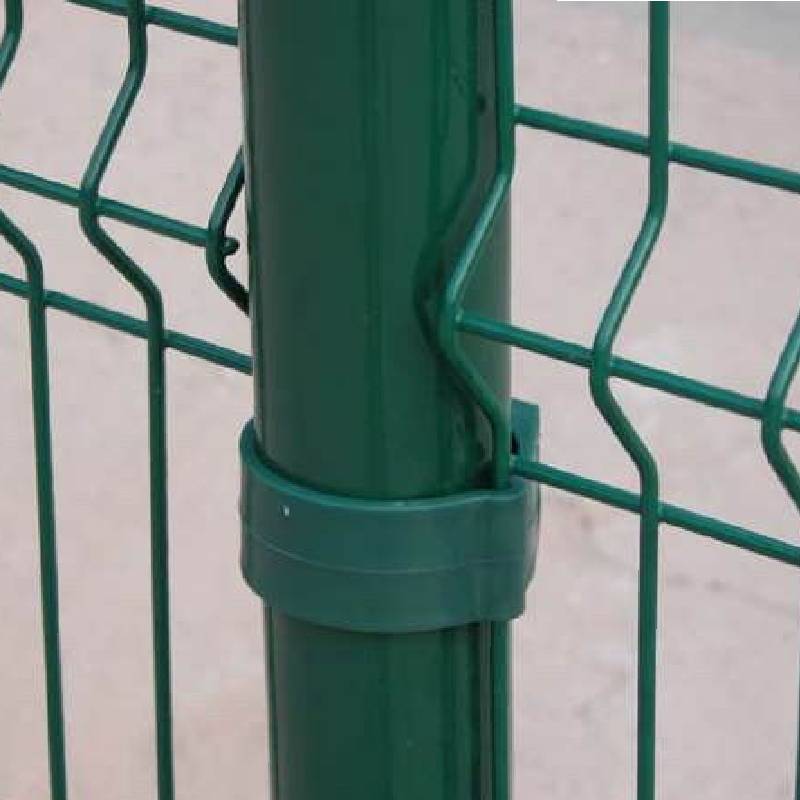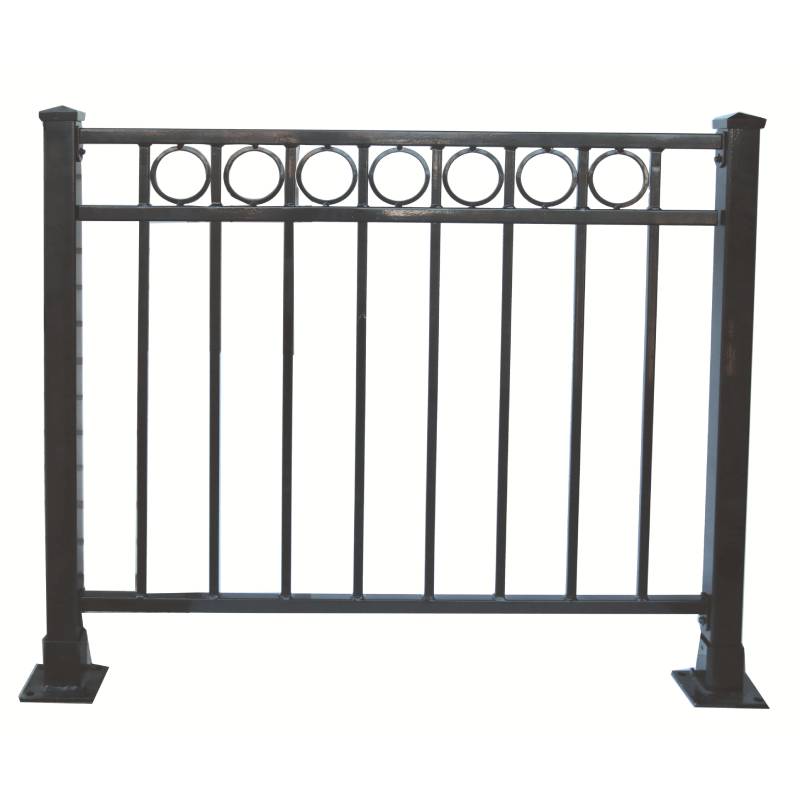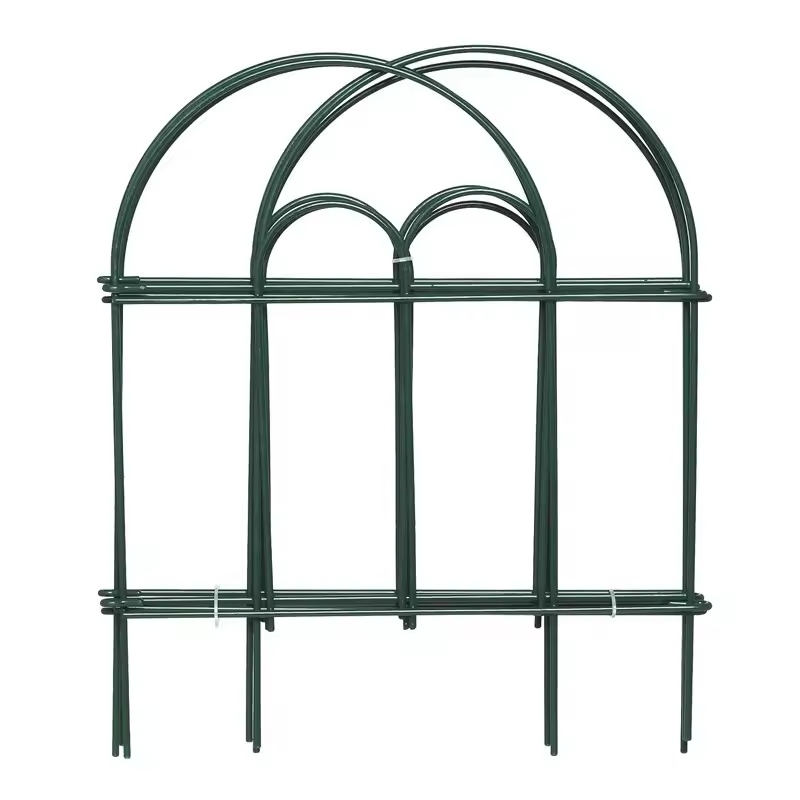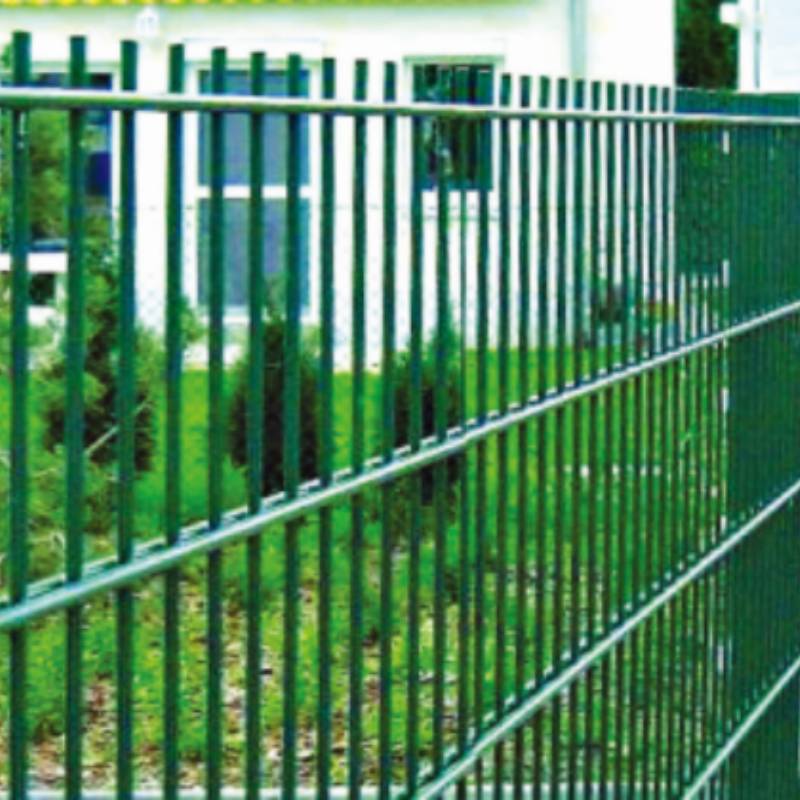-
E-poçta:zhao@hyliec.cn
-
Tel:+86 311 85273988
-
WhatsAPP:8613931128750
-
 Afrikaly
Afrikaly -
 Alban
Alban -
 Amhar
Amhar -
 Arapça
Arapça -
 Ermeni
Ermeni -
 Azerbaýjan
Azerbaýjan -
 Bask
Bask -
 Belarus
Belarus -
 Bengali
Bengali -
 Bosniýa
Bosniýa -
 Bolgar
Bolgar -
 Katalan
Katalan -
 Sebuano
Sebuano -
 Korsikan
Korsikan -
 Horwatiýa
Horwatiýa -
 Çeh
Çeh -
 Daniýaly
Daniýaly -
 Gollandiýaly
Gollandiýaly -
 Iňlis
Iňlis -
 Esperanto
Esperanto -
 Eston
Eston -
 Fin
Fin -
 Fransuz
Fransuz -
 Frizian
Frizian -
 Galisiýa
Galisiýa -
 Gürji
Gürji -
 Nemes
Nemes -
 Grek
Grek -
 Gujarati
Gujarati -
 Gaiti kreoly
Gaiti kreoly -
 hausa
hausa -
 hawaiian
hawaiian -
 Hebrewewreýçe
Hebrewewreýçe -
 .Ok
.Ok -
 Miao
Miao -
 Wenger
Wenger -
 Islandiýa
Islandiýa -
 igbo
igbo -
 Indoneziýaly
Indoneziýaly -
 irish
irish -
 Italýan
Italýan -
 Japaneseaponlar
Japaneseaponlar -
 Javaneseawan
Javaneseawan -
 Kannada
Kannada -
 Gazak
Gazak -
 Khmer
Khmer -
 Ruanda
Ruanda -
 Koreýçe
Koreýçe -
 Kürt
Kürt -
 Gyrgyzystan
Gyrgyzystan -
 Inçekesel
Inçekesel -
 Latyn
Latyn -
 Latwiýa
Latwiýa -
 Litwa
Litwa -
 Lýuksemburg
Lýuksemburg -
 Makedoniýa
Makedoniýa -
 Malgaşi
Malgaşi -
 Malaý
Malaý -
 Malaýalam
Malaýalam -
 Malta
Malta -
 Maori
Maori -
 Marathi
Marathi -
 Mongol
Mongol -
 Mýanma
Mýanma -
 Nepali
Nepali -
 Norweg
Norweg -
 Norweg
Norweg -
 Oksitan
Oksitan -
 Puştun
Puştun -
 Pars
Pars -
 Polýak
Polýak -
 Portugaliýa
Portugaliýa -
 Penjebi
Penjebi -
 Rumyn
Rumyn -
 Rus
Rus -
 Samoan
Samoan -
 Şotlandiýaly Gael
Şotlandiýaly Gael -
 Serb
Serb -
 Iňlis
Iňlis -
 Şona
Şona -
 Sindhi
Sindhi -
 Sinhala
Sinhala -
 Slowakiýa
Slowakiýa -
 Sloweniýa
Sloweniýa -
 Somali
Somali -
 Ispan
Ispan -
 Sundanese
Sundanese -
 Suwaýili
Suwaýili -
 Şwesiýa
Şwesiýa -
 Tagalog
Tagalog -
 Täjik
Täjik -
 Tamil
Tamil -
 Tatar
Tatar -
 Telugu
Telugu -
 Taý
Taý -
 Türk
Türk -
 Türkmenler
Türkmenler -
 Ukrain
Ukrain -
 Urdu
Urdu -
 Uýgur
Uýgur -
 Özbek
Özbek -
 Wýetnamly
Wýetnamly -
 Uels
Uels -
 Kömek ediň
Kömek ediň -
 Yiddishahudy
Yiddishahudy -
 Yorubaoruba
Yorubaoruba -
 Zulu
Zulu
Panel diwar
Wholesale Metal Fence Panels ?
Wholesale metal fence panels are a popular choice for those looking for durable and secure fencing solutions. These panels are often made steel materials providing a
strong and long-lasting option for garden fencing. They are available in various designs and sizes, making them suitable for a wide range of applications. Wholesale options offer cost-effective solutions for purchasing metal fence panels in bulk, making them ideal for contractors, landscapers, and property developers looking to install fencing on a larger scale.
Is It Cheaper To Buy Fence Panels Or Build Them?
The cost of buying fence panels versus building them can vary depending on several factors. In general, buying pre-made fence panels can be cheaper and more time-efficient than building them from scratch. Pre-made panels are mass-produced, which often makes them more cost-effective due to economies of scale. Additionally, purchasing fence panels can save on labor costs, as they are typically easier and quicker to install compared to building a fence from individual components. However, building a fence from raw materials allows for more customization and control over the design, which may be a priority for some individuals. It's important to consider the specific requirements, budget, and time constraints when deciding whether to buy or build fence panels.
How To Install A Panel Fence?
To install a panel fence involves several steps:
1. Measure and plan: Determine the length of the fence and calculate the number of panels needed. Plan the layout and ensure the fence posts are installed at the appropriate intervals to accommodate the panels.
2. Install the posts: Dig holes for the fence posts, ensuring they are deep enough to provide stability. Set the posts in concrete and allow them to cure before attaching the panels.
3. Attach the panels: Once the posts are set, attach the panels to the posts using appropriate fasteners such as screws or nails. Ensure the panels are level and properly aligned.
4. Add finishing touches: Depending on the type of panels used, additional finishing touches such as capping, trim, or paint may be required to enhance the appearance and durability of the fence.
5. Maintenance: Regular maintenance, such as cleaning and sealing, may be necessary to ensure the longevity of the fence panels.
It's important to follow the manufacturer's instructions and local building codes when paneling a fence to ensure proper installation and compliance with regulations. If in doubt, it's advisable to consult with a professional or seek guidance from experienced individuals.








